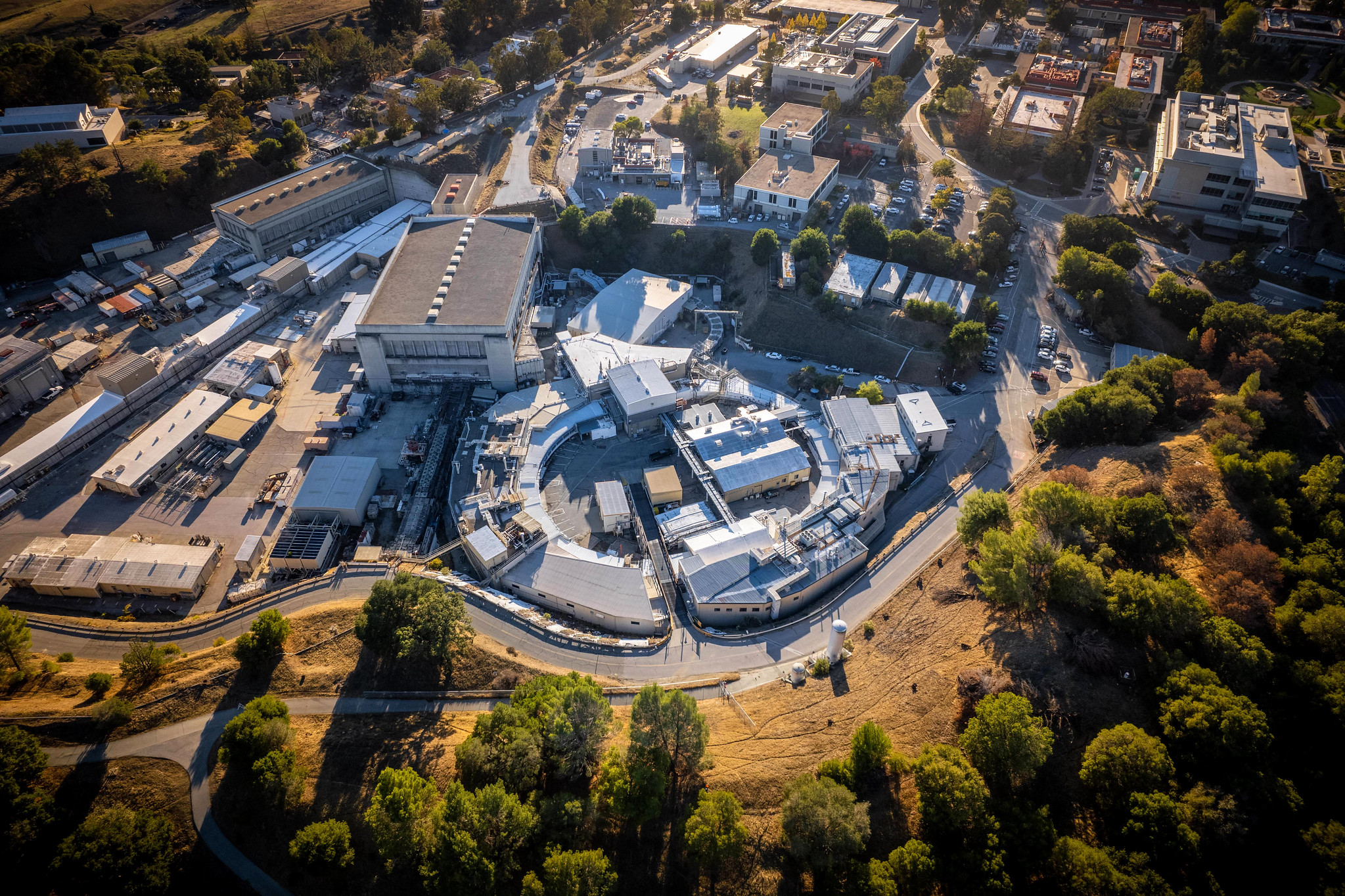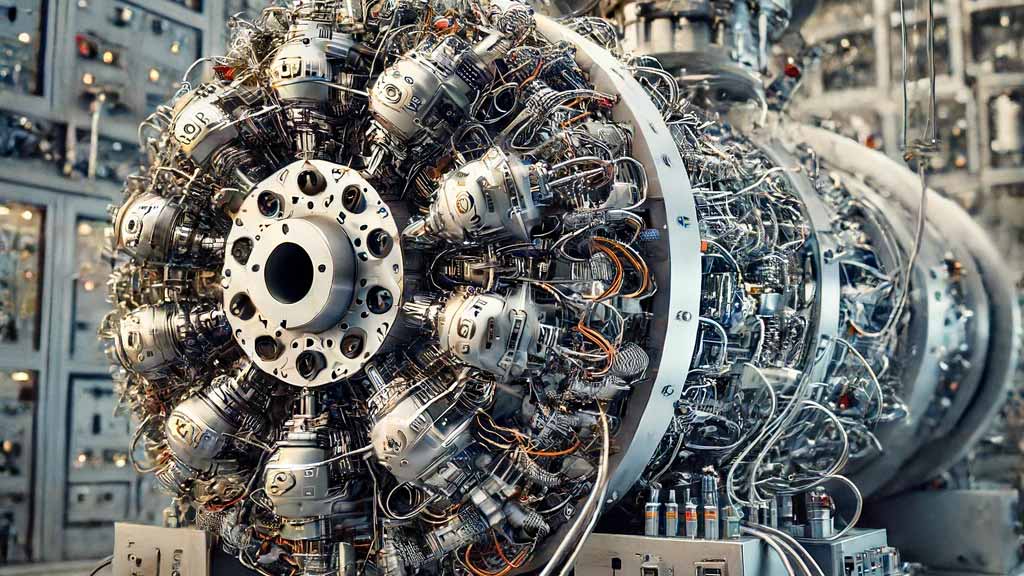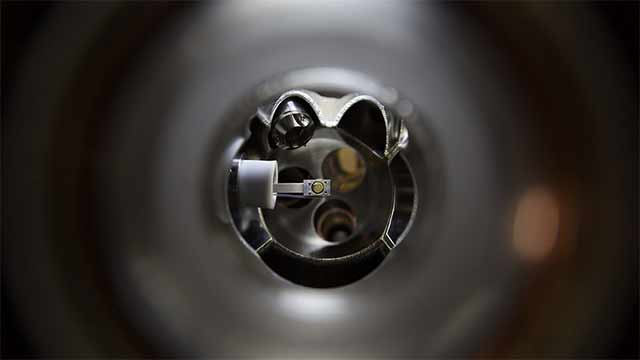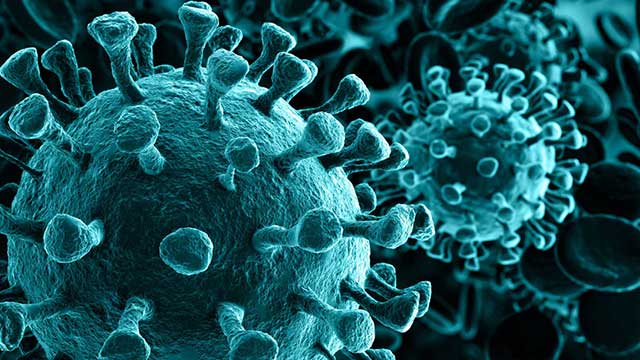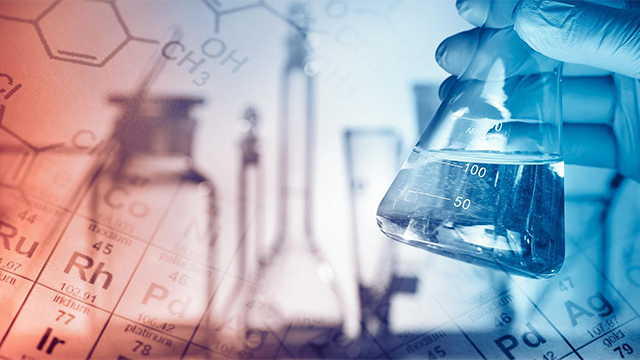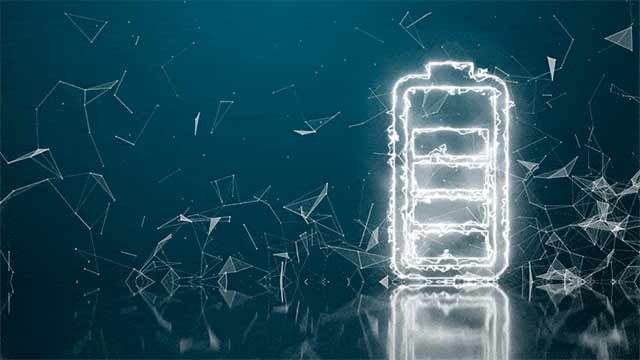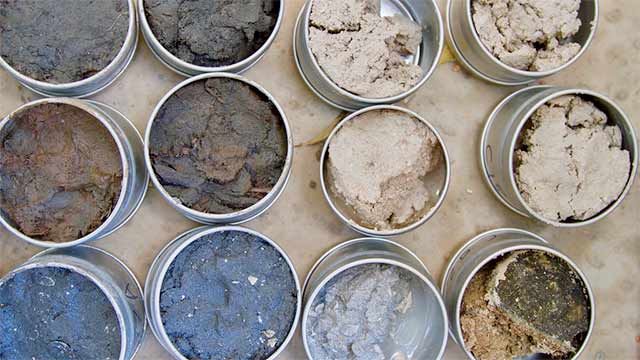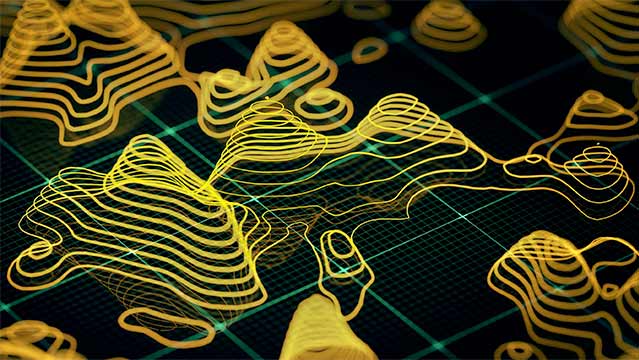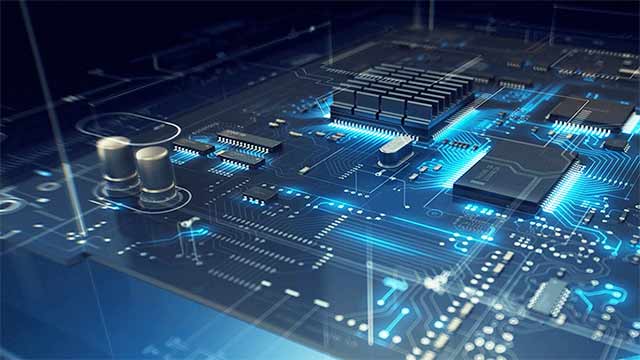About Our Research Facility
Synchrotron X-ray facilities provide a powerful toolbox for interrogating the properties of matter with atomic resolution and elemental specificity.
The Stanford Synchrotron Radiation Lightsource (SSRL), a Directorate of the SLAC National Accelerator Laboratory (SLAC), is an Office of Science User Facility operated for the U.S. Department of Energy (DOE) by Stanford University. SSRL's extremely bright x-rays are a resource for researchers to study our world at the atomic and molecular level, leading to major advances in energy production, environmental remediation, nanotechnology, new materials, biology and medicine.
SSRL enables and supports outstanding scientific research by a broad user community in a safe environment. The SSRL SPEAR3 3-GeV, high-brightness third-generation storage ring, operates at 500 mA in top-off mode, with high reliability and low emittance. The SSRL facility currently includes 31 end-stations on 25 simultaneously operating beam lines, many of which can be accessed and operated from off-site.
One of the hallmarks of SSRL is its emphasis on user support, covering all aspects of the user experience for the ~1,700 users who annually participate in experiments, either on-site or by remote data collection. A growing focus is on in-situ/operando and time-resolved experiments in many of the scientific areas.
Research Areas
Opportunities for Training and Discoveries
SSRL provides unique educational experiences and serves as a vital training ground for future generations of scientists and engineers. SSRL provides opportunities to participate in schools and workshops which provide in-depth, hands-on experience with specific data acquisition and analysis techniques. SSRL research results in approximately 700 scientific publications annually, of which around 15% are Ph.D./M.Sc. theses prepared by students who relied upon access to SSRL to complete their dissertations.
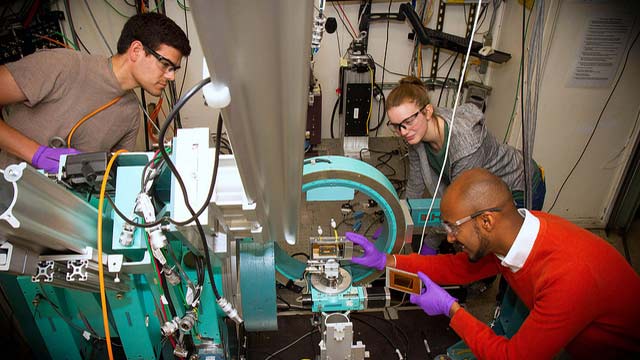
Synergy & Teamwork
With the knowledge gained at SSRL, researchers have improved the design of fuel and solar cells, revealed the very nature of bacteria and viruses, exposed how genetic mutations may cause diabetes, and mapped the structures of proteins for use in biology and medicine.

Meetings, Workshops & Schools
Of the approximately 1,700 scientists who annually participate in experiments at SSRL, approximately 60% are postdoctoral associates or graduate and undergraduate students who benefit from the training and experience received during their experiments.

Partnering with Industry
Companies use SSRL instruments to help bring discoveries and innovations from theory to reality. Products ranging from the world’s most advanced computer chips to pharmaceuticals such as Tamiflu® have been created thanks to research conducted at SSRL.
